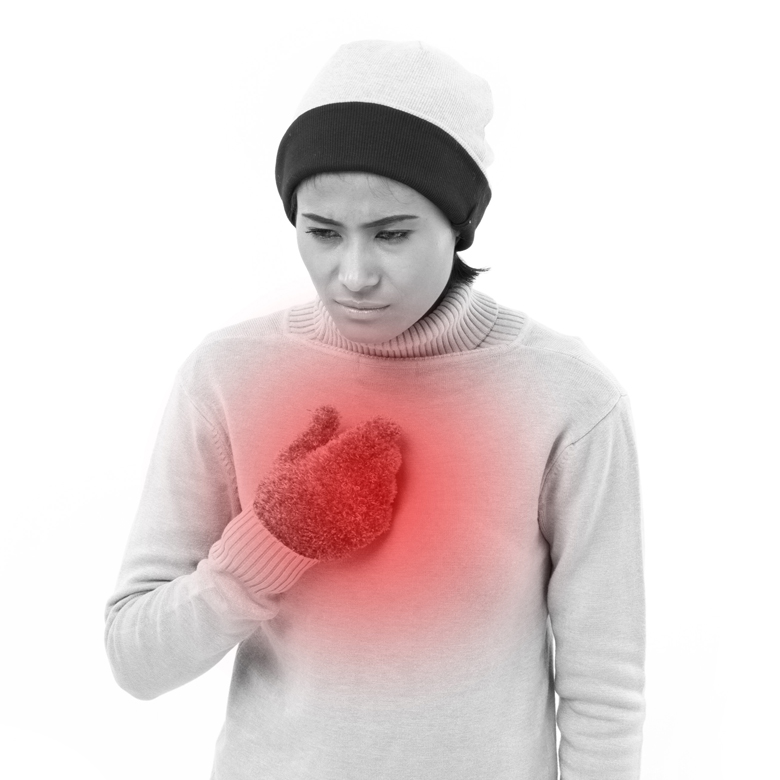Nutrition for Cancer
Prepare for Treatment
Did you know that by adjusting your nutrition you can feel better and stay stronger during cancer treatment? Both the cancer and the cancer treatment can affect your appetite, your ability to tolerate foods, and your body’s ability to utilize nutrients. By having a dietitian or nutritionist on your treatment team, you’ll be better prepared to cope with side effects and meet your nutrition needs during this difficult time.
Weight Management
 Some cancer treatments can lead to weight loss while others can lead to weight gain. Weight loss may be due to a loss of appetite and/or an inability to tolerate food, while weight gain may be related to fluid retention, increased appetite and/or decreased physical activity. If cancer treatment is making it difficult for you to manage your weight, ask an dietitian or nutritionist to join your treatment team. You won’t regret it!
Some cancer treatments can lead to weight loss while others can lead to weight gain. Weight loss may be due to a loss of appetite and/or an inability to tolerate food, while weight gain may be related to fluid retention, increased appetite and/or decreased physical activity. If cancer treatment is making it difficult for you to manage your weight, ask an dietitian or nutritionist to join your treatment team. You won’t regret it!
Complementary and Alternative Treatments
Many herbs and other supplements are marketed to people who are going through cancer treatment. Always talk to your oncologist before adding any herbs or supplements to your treatment regimen. Some herbs and supplements can cause harmful side effects and interfere with proven cancer treatments such as chemo and radiation.
For a detailed description of herbs and supplements and any evidence supporting their effectiveness and safety, visit nccam.nih.gov/health/atoz.htm. Your oncologist and a dietitian/nutritionist can help you sort through this information and make an informed decision about whether or not take any herbs or other supplements.
Kristy Richardson is a dietitian and exercise physiologist, specializing in sports nutrition and weight management, She is the founder of OC Nutrition and also works as a nutrition professor at Fullerton College.
References
American Cancer Society (2012). Nutrition for the Person with Cancer During Treatment: A Guide for Patients and Families. Retrieved November 4, 2013, http://www.cancer.org/acs/groups/cid/documents/webcontent/002903-pdf.pdf.


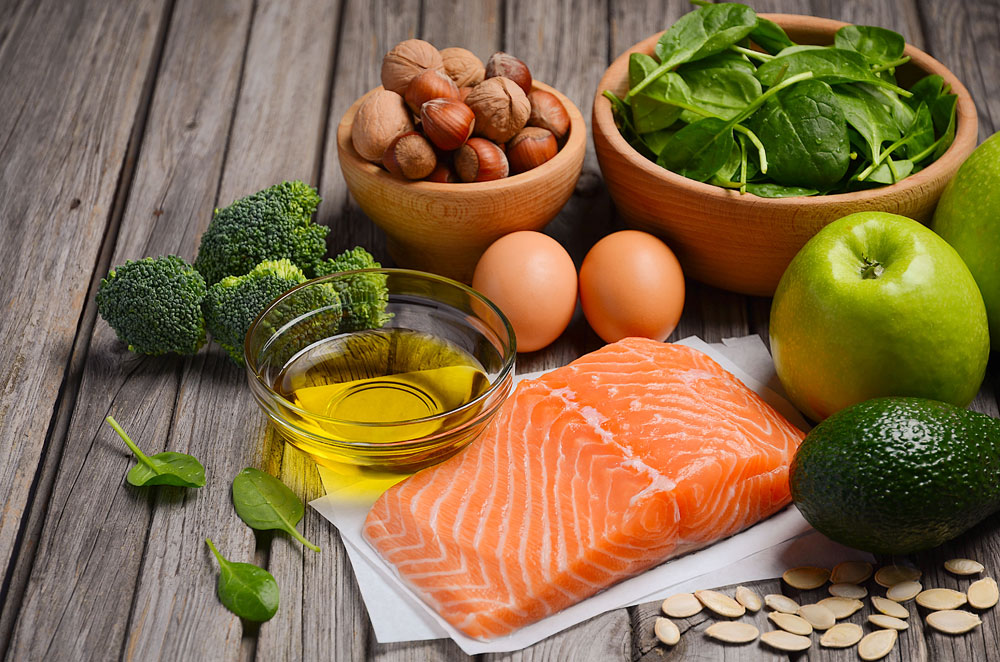
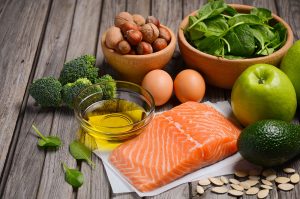 Although two-thirds of Americans are overweight or obese, a handful of skinny people—including many athletes—feel very frustrated by their seeming inability to gain weight. Their struggle to bulk up is on par with that of over-fat folks who work hard to lose weight. Add in rigorous training for a marathon, soccer team, or other sport, and scrawny athletes can feel at a disadvantage, fearing that no matter how much they eat, they’ll get even skinnier.
Although two-thirds of Americans are overweight or obese, a handful of skinny people—including many athletes—feel very frustrated by their seeming inability to gain weight. Their struggle to bulk up is on par with that of over-fat folks who work hard to lose weight. Add in rigorous training for a marathon, soccer team, or other sport, and scrawny athletes can feel at a disadvantage, fearing that no matter how much they eat, they’ll get even skinnier.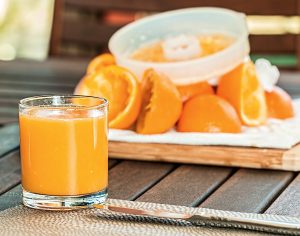 4. Drink lots of 100% fruit juice and low-fat (chocolate) milk. Instead of quenching your thirst with water, choose calorie-containing fluids. By having milk with each meal, you can easily add 300 to 600 wholesome calories a day. One high school soccer player gained 13 pounds over the summer by simply quenching his thirst with six glasses of cranapple juice instead of water (1,000 vs. 0 calories). He consumed the fluid he needed (juice is 98% water) and bonus of more carbohydrates to refuel his depleted muscles, plus a good dose of vitamin C to enhance healing.
4. Drink lots of 100% fruit juice and low-fat (chocolate) milk. Instead of quenching your thirst with water, choose calorie-containing fluids. By having milk with each meal, you can easily add 300 to 600 wholesome calories a day. One high school soccer player gained 13 pounds over the summer by simply quenching his thirst with six glasses of cranapple juice instead of water (1,000 vs. 0 calories). He consumed the fluid he needed (juice is 98% water) and bonus of more carbohydrates to refuel his depleted muscles, plus a good dose of vitamin C to enhance healing.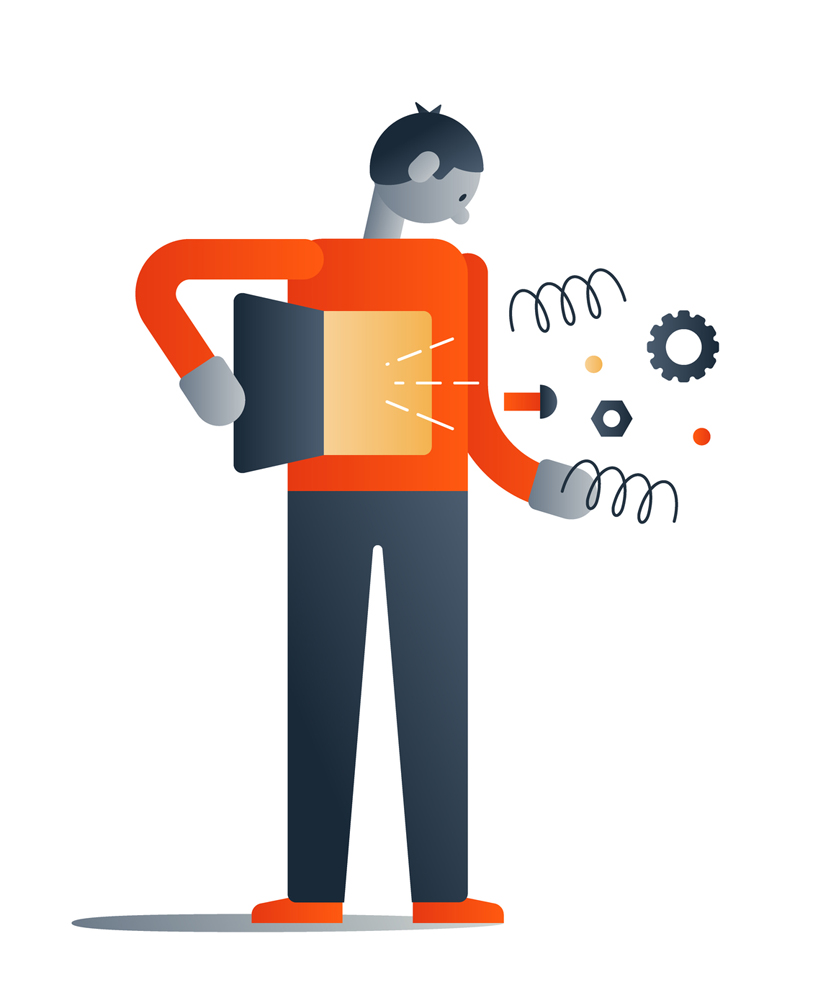
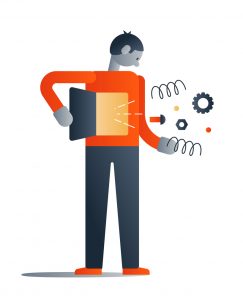 Athletes tend to do a good job of training their muscles, heart and lungs. But some of them (particularly endurance athletes and those in running sports) commonly fail to train their gut. As one marathoner reported, “I was so afraid of getting diarrhea during long training runs that I did not eat or drink anything beforehand. I really struggled after 14 miles…” A high school soccer player admitted, “I’m so afraid I’ll throw up if I run with food in my stomach.” He ate only a light lunch at
Athletes tend to do a good job of training their muscles, heart and lungs. But some of them (particularly endurance athletes and those in running sports) commonly fail to train their gut. As one marathoner reported, “I was so afraid of getting diarrhea during long training runs that I did not eat or drink anything beforehand. I really struggled after 14 miles…” A high school soccer player admitted, “I’m so afraid I’ll throw up if I run with food in my stomach.” He ate only a light lunch at 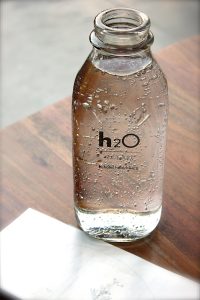 You want to dilute highly concentrated carbs (i.e., gels), so be sure to drink enough water during exercise (i.e. 16 oz. water per 100 calories gel).This will help speed up gastric emptying.
You want to dilute highly concentrated carbs (i.e., gels), so be sure to drink enough water during exercise (i.e. 16 oz. water per 100 calories gel).This will help speed up gastric emptying.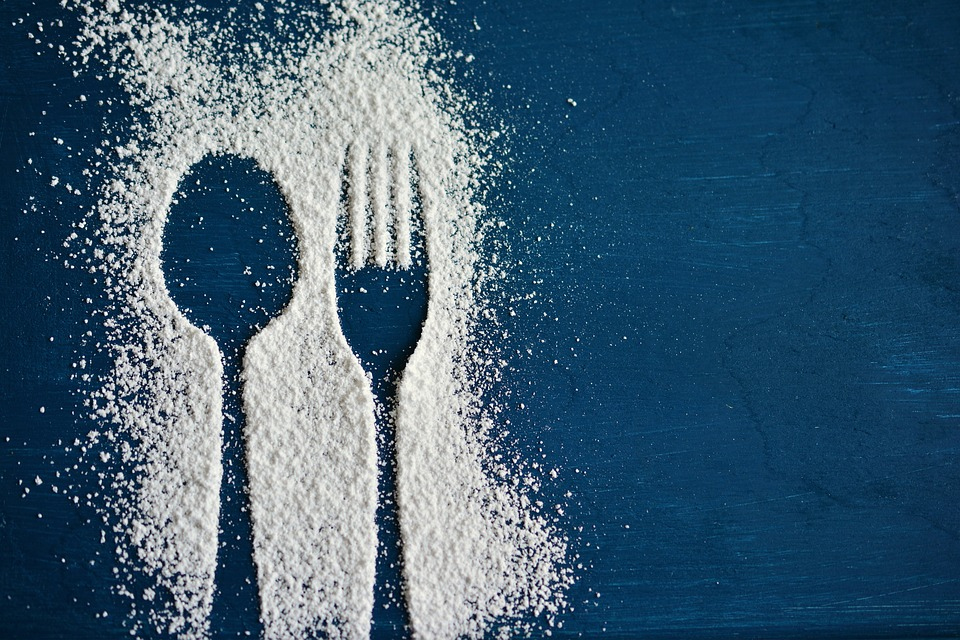
 If intestinal distress sidetracks you during exercise, try reducing your intake of apples, onion, garlic and broccoli —particularly for 2 to 3 days before a competitive event.These are just a few commonly eaten foods that are high in fermentable (gas-producing) carbohydrates; they might contribute to undesired pit stops. You could also meet with a sports dietitian to help you systematically discover triggering foods. The referral network at
If intestinal distress sidetracks you during exercise, try reducing your intake of apples, onion, garlic and broccoli —particularly for 2 to 3 days before a competitive event.These are just a few commonly eaten foods that are high in fermentable (gas-producing) carbohydrates; they might contribute to undesired pit stops. You could also meet with a sports dietitian to help you systematically discover triggering foods. The referral network at 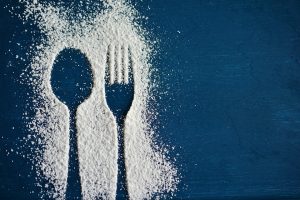 Sugar-sweetened beverages are the biggest source of dietary sugar in the US diet. Hence, research on sugar and health has focused on soft drinks. The question remains unanswered: Is sugar added to nourishing foods a health hazard? That is, is sugar added to spaghetti sauce (to make it less acidic) bad for you? What about the sugar added to bread (to help make the dough rise) — Is that a cause for concern?
Sugar-sweetened beverages are the biggest source of dietary sugar in the US diet. Hence, research on sugar and health has focused on soft drinks. The question remains unanswered: Is sugar added to nourishing foods a health hazard? That is, is sugar added to spaghetti sauce (to make it less acidic) bad for you? What about the sugar added to bread (to help make the dough rise) — Is that a cause for concern?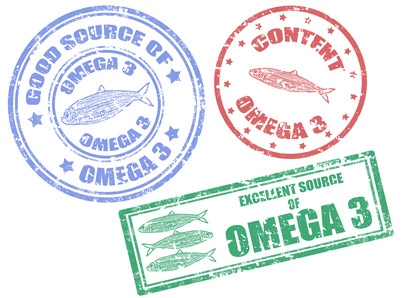
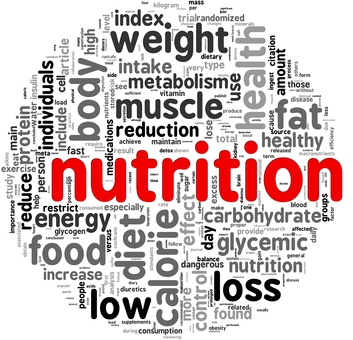
 Food is fuel and food is medicine. Food brings people together and is supposed to be one of life’s pleasures. Shared meals are a vehicle for building relationships, enjoying conversations, and nourishing the soul.
Food is fuel and food is medicine. Food brings people together and is supposed to be one of life’s pleasures. Shared meals are a vehicle for building relationships, enjoying conversations, and nourishing the soul.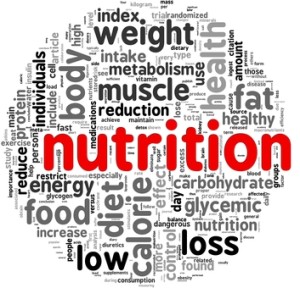 Healthy diet vs. A single ingredient
Healthy diet vs. A single ingredient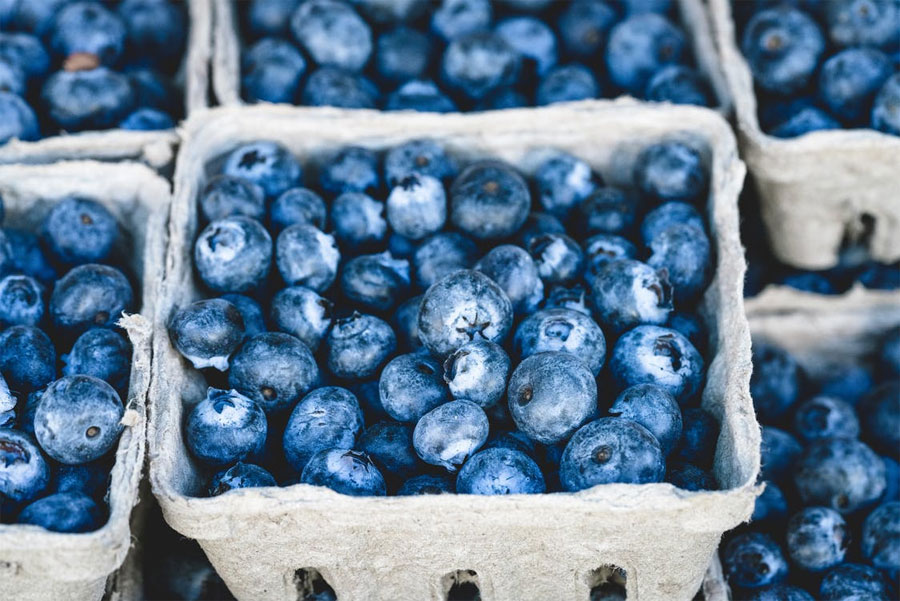
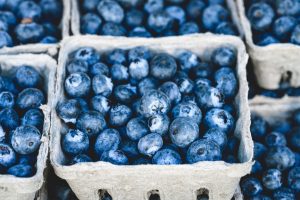 Super Food Rule #1
Super Food Rule #1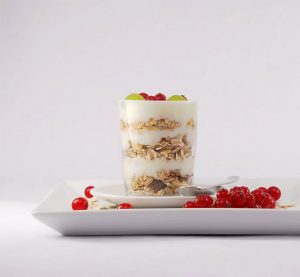
 • Now that women can perform combat duty, a question arises: How well can the women perform physically compared to the men? To find the answer, 302 marines underwent comprehensive testing including strength, flexibility, balance, power, agility, and physical fitness tests (pull ups, push ups, sit ups, bench press, 2-mile run, etc). They then were stratified into three groups according to the test results, regardless of sex or body fat: best (all men), middle (mostly men), worst (mostly female).
• Now that women can perform combat duty, a question arises: How well can the women perform physically compared to the men? To find the answer, 302 marines underwent comprehensive testing including strength, flexibility, balance, power, agility, and physical fitness tests (pull ups, push ups, sit ups, bench press, 2-mile run, etc). They then were stratified into three groups according to the test results, regardless of sex or body fat: best (all men), middle (mostly men), worst (mostly female).